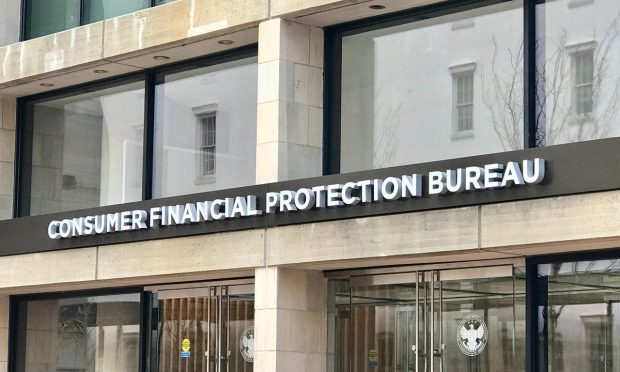CFPB Report Offers Cautionary Take on FinTech Platforms That Consumers Value

In case it’s unclear to anyone at this point, the Consumer Financial Protection Bureau (CFPB) is on edge about new payment types taking the markets by storm, concerns over which are spelled out in an August report that reads like part overview and part consumer warning.
According to a press release accompanying the 19-page CFPB report titled “The Convergence of Payments and Commerce: Implications for Consumers,” the CFPB is “focused on how large technology platforms and other emerging business models that operate outside of the traditional banking system use peoples’ sensitive spending and transaction data. We want to preserve the benefits of real-time payments, while still ensuring that the payments ecosystem in the United States is fair, transparent, and competitive.”
The report calls out three major payments technologies that are having an outsized impact on consumer finance today: super apps; buy now, pay later (BNPL); and embedded commerce.
On the super app front, CFPB’s concerns center on whether “these products may limit consumer product and service choice. While consumers can opt to use a payment offering outside an app, such super apps create the potential for providers to steer consumers to specific solutions and/or limit access to some products.”
Consumers don’t share CFPB’s worries. According to the study “The Super App Shift: How Consumers Want To Save, Shop And Spend In The Connected Economy,” a PayPal and PYMNTS collaboration surveying nearly 10,000 consumers in four nations: “84% of respondents at least moderately value a potential super app’s ability to use different payment methods with varying spending categories.”
Breaking that down, 57% of respondents “very” interested in a super app highly value the ability to use different payment methods across spending categories, as do 28% of those “slightly” or “somewhat” interested, our research found.
Moreover, it’s a matter of trust for consumers. The study adds that, “A provider’s reputation for trustworthiness and security is key to alleviating international consumers’ worries about sharing their data with a super app.”
Get Your Copy: The Super App Shift: How Consumers Want To Save, Shop And Spend In The Connected Economy
BNPL, Embedded on the Radar
Next on the list of three is BNPL — a sector that the CFPB has been investigating since 2021 looking at consumer debt loads and credit bureau plans to track BNPL payments.
In its August report, CFPB said, “In their newest incarnations, BNPL providers position themselves not as lending solutions or even payment providers, but as marketing platforms that sell prime placement on their highly popular apps to merchants who pay affiliate fees to acquire consumers.” CFPB’s position comes down to this: BNPL is a credit product. Period.
We examined this in the study “BNPL And The In-Store Opportunity,” a PYMNTS and Zip collaboration, based on surveys of 2,000 U.S. consumers. The big takeaway is that however BNPL provider market themselves, the typical user understands that they’re effectively borrowing and must pay back on the agreed terms or face fees and more.
Perhaps most importantly, consumers like the product and feel it helps makes things more affordable especially when discretionary income is evaporating as fast as it’s earned.
That study states, “Among department store customers, 46% of online shoppers and 41% of in-store shoppers say they are highly interested in using an installment payment method such as BNPL. This trend of similarity continues for the remaining two segments, with roughly one-third of big-box store and local business shoppers highly interested in using installment payments for their in-store and online purchases.”
Read it now: BNPL And The In-Store Opportunity
The CFPB is also eyeing the growth of embedded finance with a smidgen of suspicion. Per the report, reducing purchase friction in social feeds is good, “but it creates opportunities for the social media provider to capture and sell transaction data to merchants and other third parties without the consumer’s awareness that their data is being leveraged and monetized.”
“An embedded payment in a social media feed also creates an opportunity to enable a transaction with very little activity from the consumer, increasing the risk of an unwanted purchase,” CFPB said.
Here again, consumers and merchants are excited about the experiences it enables.
In a recent PYMNTS interview after announcing its strategic partnership with TikTok, WooCommerce CEO Paul Maiorana said of embedded social payments: “I think it’s really clear from the consumer standpoint that for me as a shopper, I love that experience, the ability to buy right on a platform. We want to empower that as well.”
Read: Social Commerce Takes a Giant Step as Entertainment Melds With Entrepreneurship
